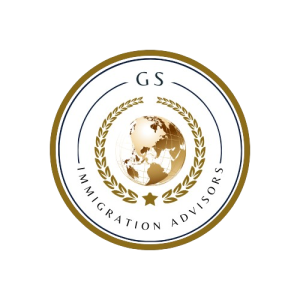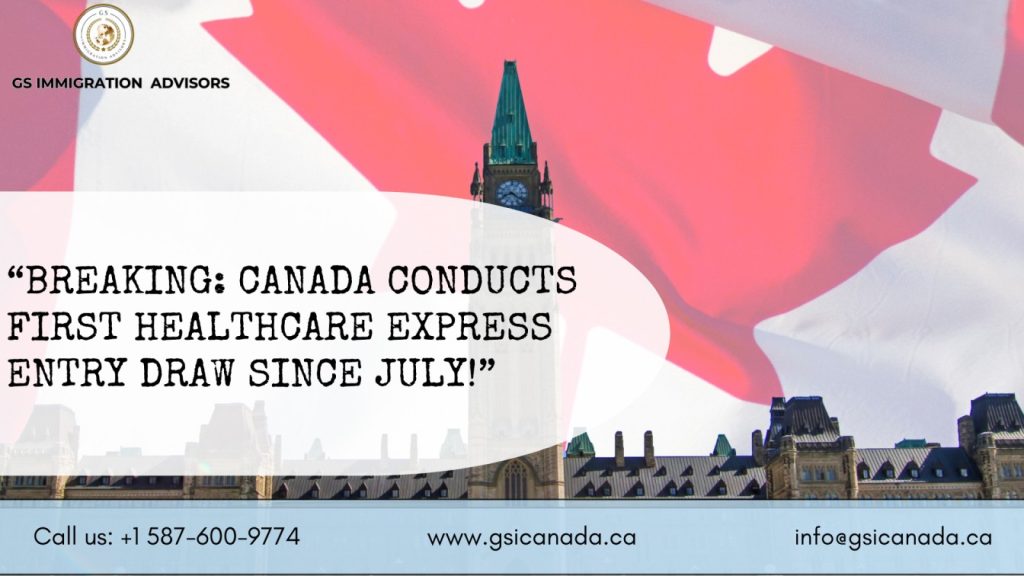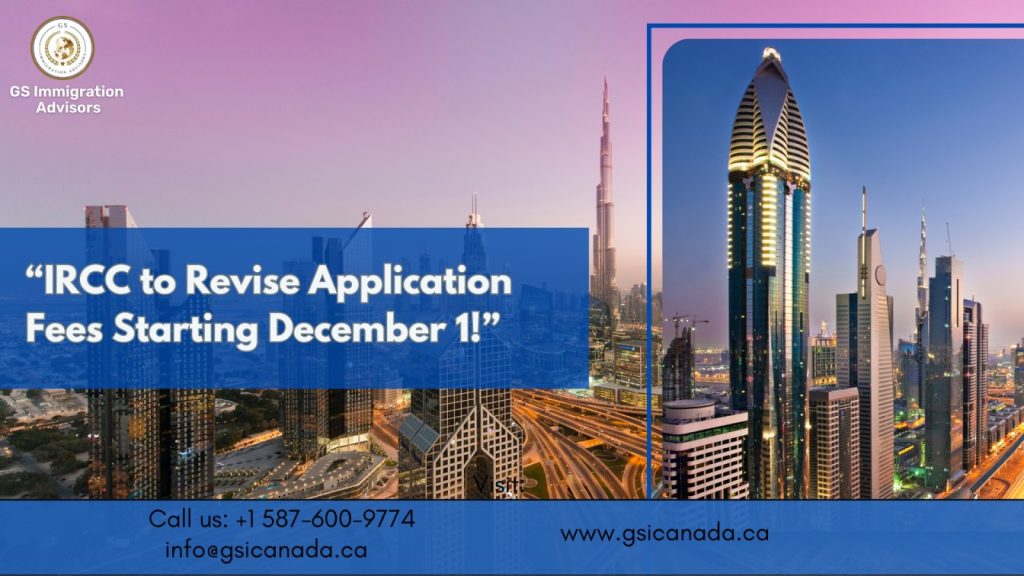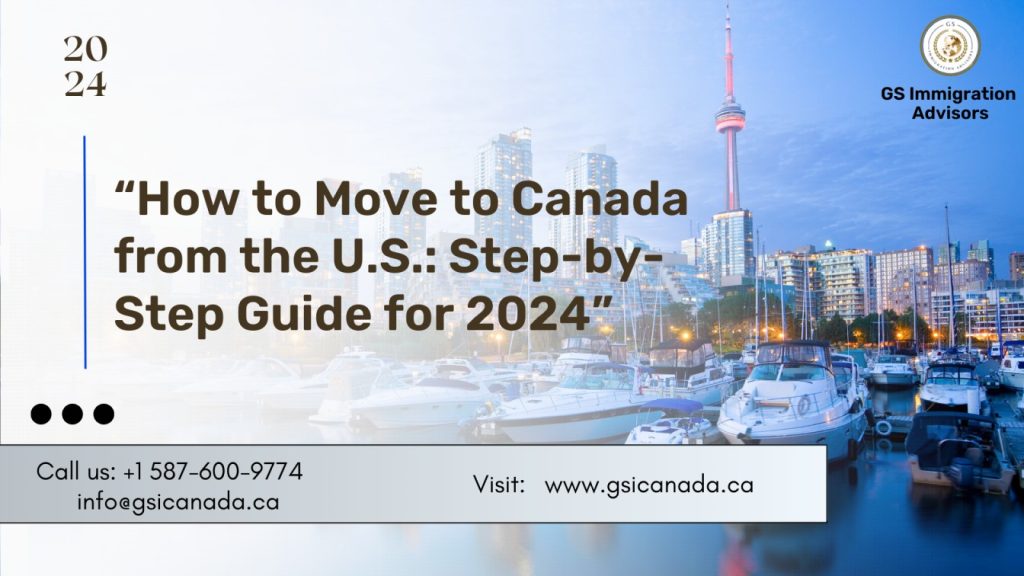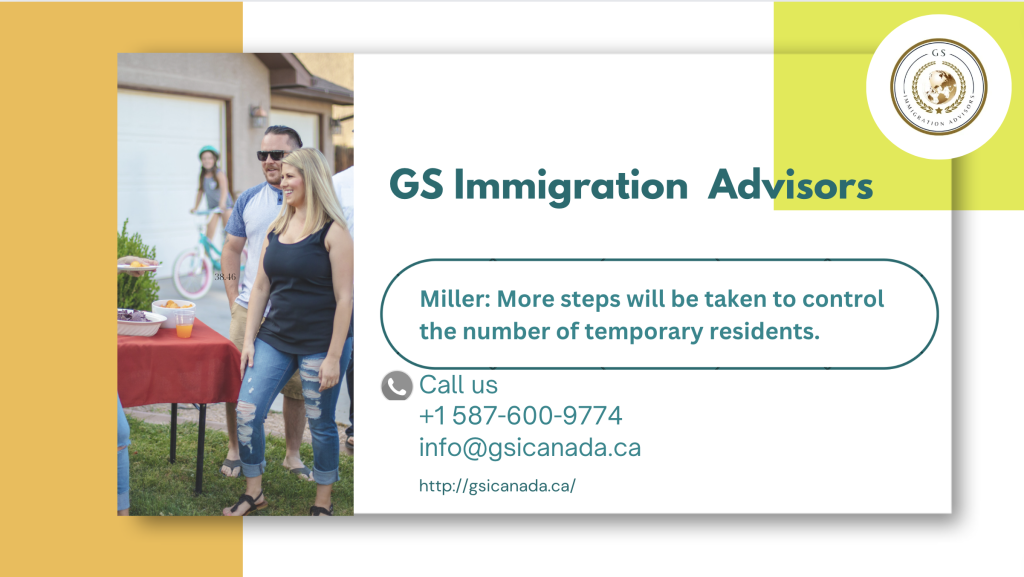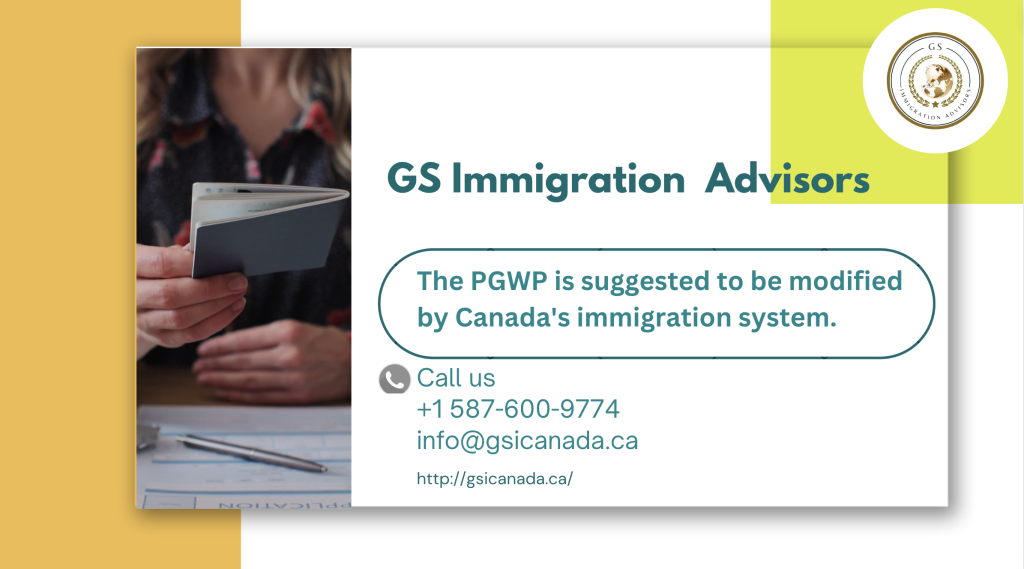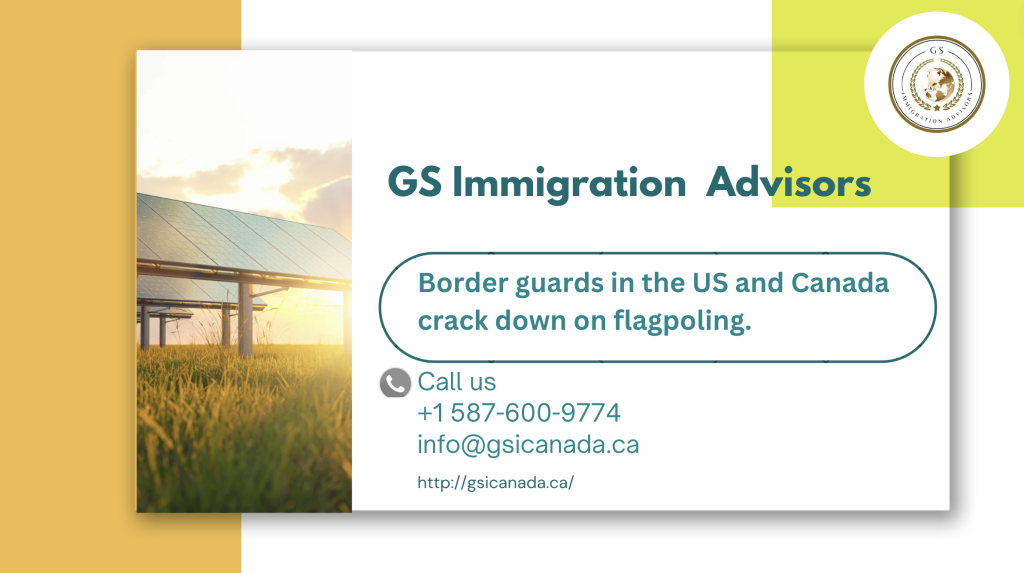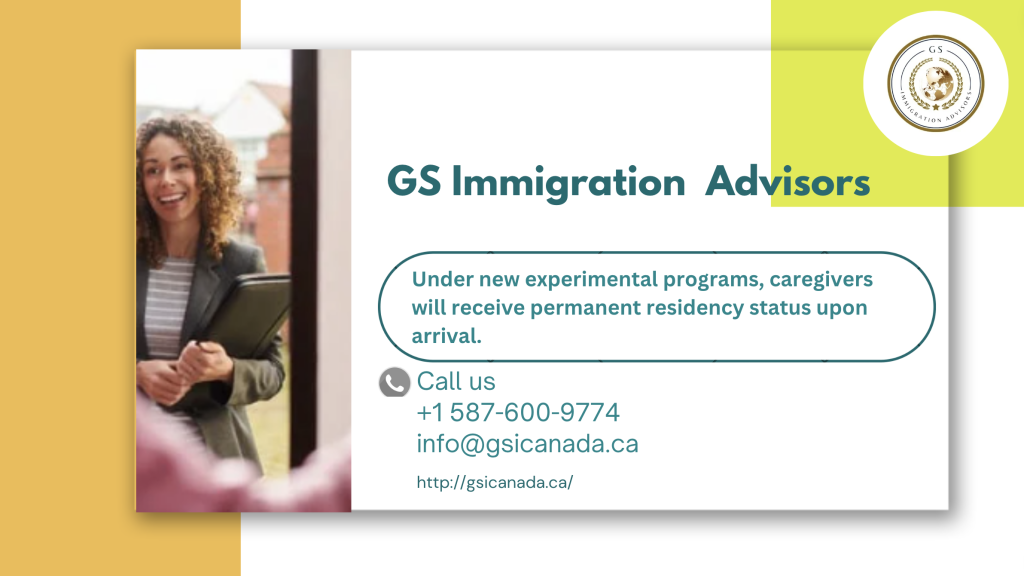“BREAKING: Canada Conducts First Healthcare Express Entry Draw Since July!”
Immigration, Refugees, and Citizenship Canada (IRCC) has recently conducted a new Express Entry draw, issuing Invitations to Apply (ITAs) to eligible candidates. In this healthcare-specific category-based draw, 3,000 ITAs were sent to applicants with a minimum Comprehensive Ranking System (CRS) score of 463. This marks the third Express Entry draw within a single week, following a Canadian Experience Class (CEC) draw on November 19 and a Provincial Nominee Program (PNP) draw on November 18. It is also the second consecutive week of multiple Express Entry draws. Get a Free Express Entry Assessment The previous week saw a total of 1,933 ITAs issued across various categories, including CEC, PNP, and French-speaking candidates. According to IRCC’s latest Immigration Levels Plan, the federal government is set to increase Express Entry targets for next year, aiming to welcome 124,680 candidates. Of these, over 82,000 admissions will be allocated to a new category, the In-Canada Focus category. This will predominantly include candidates from the CEC but may also feature those in the Federal Skilled Worker Program (FSWP), Federal Skilled Trades Program (FSTP), and PNP-aligned streams. Additionally, 41,700 permanent residence admissions are reserved for the “Federal Economic Priorities” category. This stream targets candidates with expertise in in-demand occupations critical to Canada’s labor market needs. What is Express Entry? Express Entry is Canada’s application management system for three primary economic immigration programs: Canadian Experience Class (CEC) Federal Skilled Worker Program (FSWP) Federal Skilled Trades Program (FSTP) Applicants are evaluated using the CRS, which awards points based on factors like age, occupation, language proficiency, education, and work experience. Additional CRS points can be earned for having a sibling in Canada, applying as a couple, or combining Canadian and foreign work or education experience. Candidates with a provincial nomination under an enhanced PNP stream receive an extra 600 CRS points, significantly increasing their chances of securing an ITA. Those with the highest CRS scores are most likely to receive an ITA in future Express Entry draws, provided they meet the draw’s specific criteria. Summary of 2024 Express Entry Results The recent draws reflect IRCC’s commitment to meeting Canada’s immigration targets while addressing labor market demands and prioritizing qualified candidates across different streams. Date Draw Type Number of ITAs Minimum CRS November 20 Healthcare occupations 3,000 463 November 19 Canadian Experience Class 400 539 November 18 Provincial Nominee Program 174 816 November 15 French language proficiency 800 478 November 13 Canadian Experience Class 400 547 November 12 Provincial Nominee Program 733 812 October 23 Trade occupations 1,800 433 October 22 Canadian Experience Class 400 539 October 21 Provincial Nominee Program 648 791 October 10 French language proficiency 1,000 444 October 9 Canadian Experience Class 500 539 October 7 Provincial Nominee Program 1,613 743 September 19 Canadian Experience Class 4,000 509 September 13 French language proficiency 1,000 446 September 9 Provincial Nominee Program 911 732 August 27 Canadian Experience Class 3,300 507 August 26 Provincial Nominee Program 1,121 694 August 15 French language proficiency 2,000 394 August 14 Canadian Experience Class 3,200 509 August 13 Provincial Nominee Program 763 690 July 31 Canadian Experience Class 5,000 510 July 30 Provincial Nominee Program 964 686 July 18 French language proficiency 1,800 400 July 17 Canadian Experience Class 6,300 515 July 16 Provincial Nominee Program 1,391 670 July 8 French proficiency 3,200 420 July 5 Healthcare occupations 3,750 445 July 4 Trade occupations 1,800 436 July 2 Provincial Nominee Program 920 739 June 19 Provincial Nominee Program 1,499 663 May 31 Canadian Experience Class 3,000 522 May 30 Provincial Nominee Program 2,985 676 April 24 French proficiency 1,400 410 April 23 General 2,095 529 April 11 STEM occupations 4,500 491 April 10 General 1,280 549 March 26 French language proficiency 1,500 388 March 25 General 1,980 524 March 13 Transport occupations 975 430 March 12 General 2,850 525 February 29 French language proficiency 2,500 336 February 28 General 1,470 534 February 16 Agriculture and agri-food occupations 150 437 February 14 Healthcare occupations 3,500 422 February 13 General 1,490 535 February 1 French language proficiency 7,000 365 January 31 General 730 541 January 23 General 1,040 543 January 10 General 1,510 546 Get a Free Express Entry Assessment
